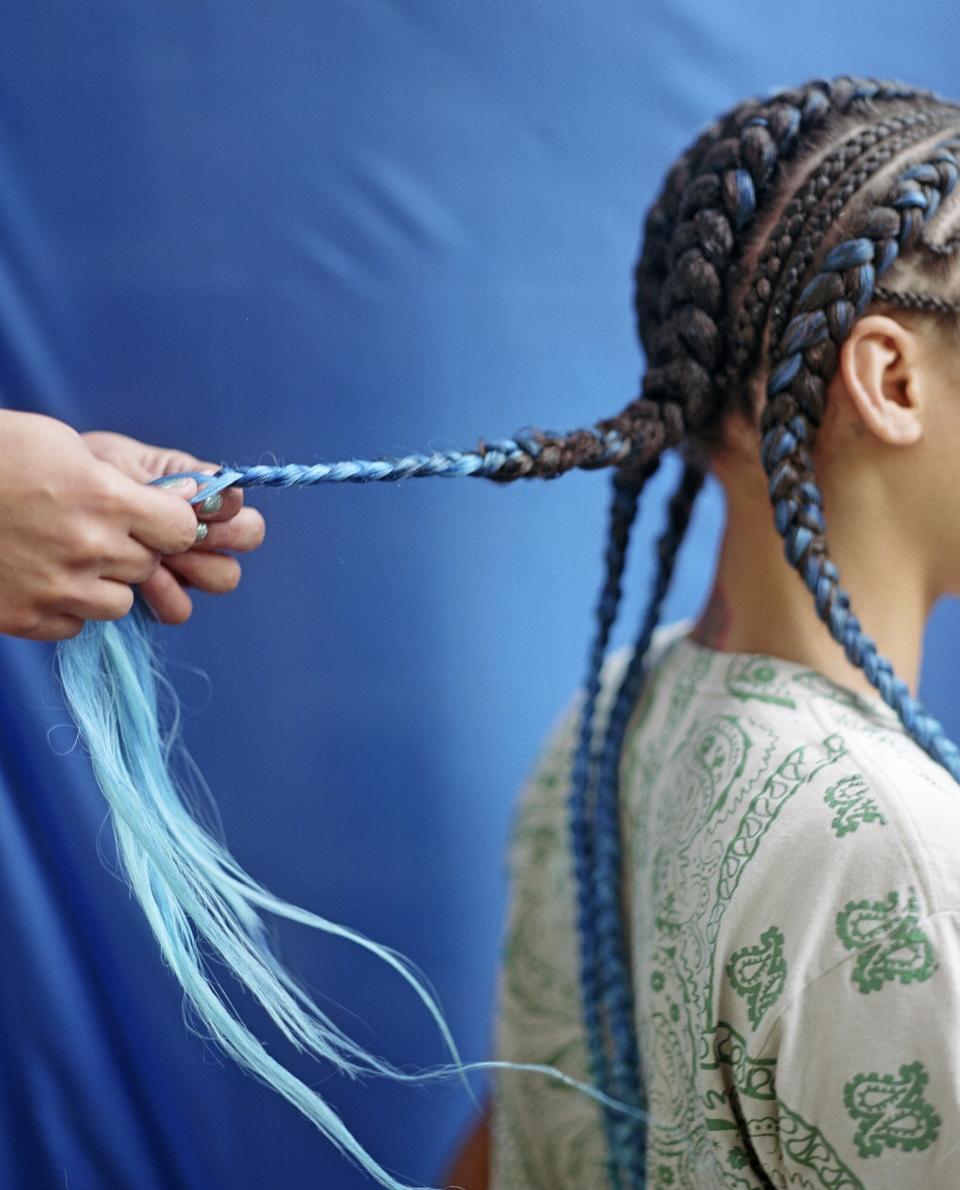The Winding Road: 4 Hair Braiders Open Up About the Significance of Braids
To me, braiding is St. Louis, Missouri. That’s where, as a kid, I’d sit at my aunt’s feet as she braided my hair for the summer. My sisters and I got box braids, typically with just our natural hair, but if our mother was feeling the urge to splurge, we’d throw some weave in there, too. My aunt lived in an apartment down the street from our duplex. We’d walk over not long after sunrise and stay until dark. My sisters and I would alternate sitting at her feet, sucking down mouth-staining ice pops during the day and Uncle Ben’s Ready Rice Red Beans & Rice at night. Despite the occasional pain (pulling too tight on my scalp), the braids were a welcome break from my rest-of-the-year hot-comb life. (That’s exactly what it sounds like: a hot comb, heated by the open flame of a stove top, that could press out the kinks in my hair.) Getting braids meant summer was coming, which meant more free time, more Popsicles, more family bonding, more good things.
Of course, I had no idea then that my box braids were part of a long history. Braids, specifically cornrows, date back to as early as 500 b.c. That’s not a typo. African statues from 2,500 years ago depict hair braided along the scalp and sculpted into elaborate geometric designs. That was a couple thousand years before there was the thing we call cornrows. That term was created when American slaves were forced to present themselves with looks deemed “neat and clean” by plantation owners. They began to wear their hair in lines of tight braids that resembled rows of corn.
In between, braids have been symbols of protest and empowerment and, yes, family connection. Today, they’re taking center stage in the political arena as politicians and lawyers at the state and local levels fight to deregulate braiding across the country. Right now, in 14 states, to legally braid hair for a living you must have a cosmetology license, usually requiring several hundred hours and several thousand dollars. “We want to empower braiders and make it so that more of them can earn a living for their families...without having to jump through unnecessary hoops,” says Dan Alban, a lawyer with the Institute for Justice, who has been working for several years to deregulate braiding in Missouri. The laws in that state are among the most burdensome, requiring braiders to complete 1,500 hours of training — none of which involves learning how to braid — and spend nearly $11,000. Alban’s case in Missouri has been “going back and forth on the federal level on the 8th Circuit Court of Appeals,” and when we spoke in January, he was waiting to hear a decision. The next day Alban, and the world, learned that the court voted to uphold the regulations. If you’re upset by this, you’re not alone.
The regulation debate is not without nuance, though. “Useless regulations that prevent black women from making their own money and becoming autonomous are a problem,” says Nadia Brown, an associate professor of political science and African-American studies at Purdue University in West Lafayette, Indiana, who studies the politics of black women’s appearance. “But the other hand is saying that some of the regulations legitimize these cultural practices...and move them from the shadows.” And Brown makes another interesting point in this modern chapter of braiding history: The politicians currently working to deregulate African braiding in the U.S. are overwhelmingly white, male, and Republican. “It’s an easy win for their base,” she says. “Republicans want less government, and deregulation could help them get there.” Especially since black hair care is a booming industry.
I spent a month visiting braiders around the country to talk about deregulation, the history behind the hair, and the deep emotion that’s wound up in this intricate work.
Christina Vazquez, 30, Chicago
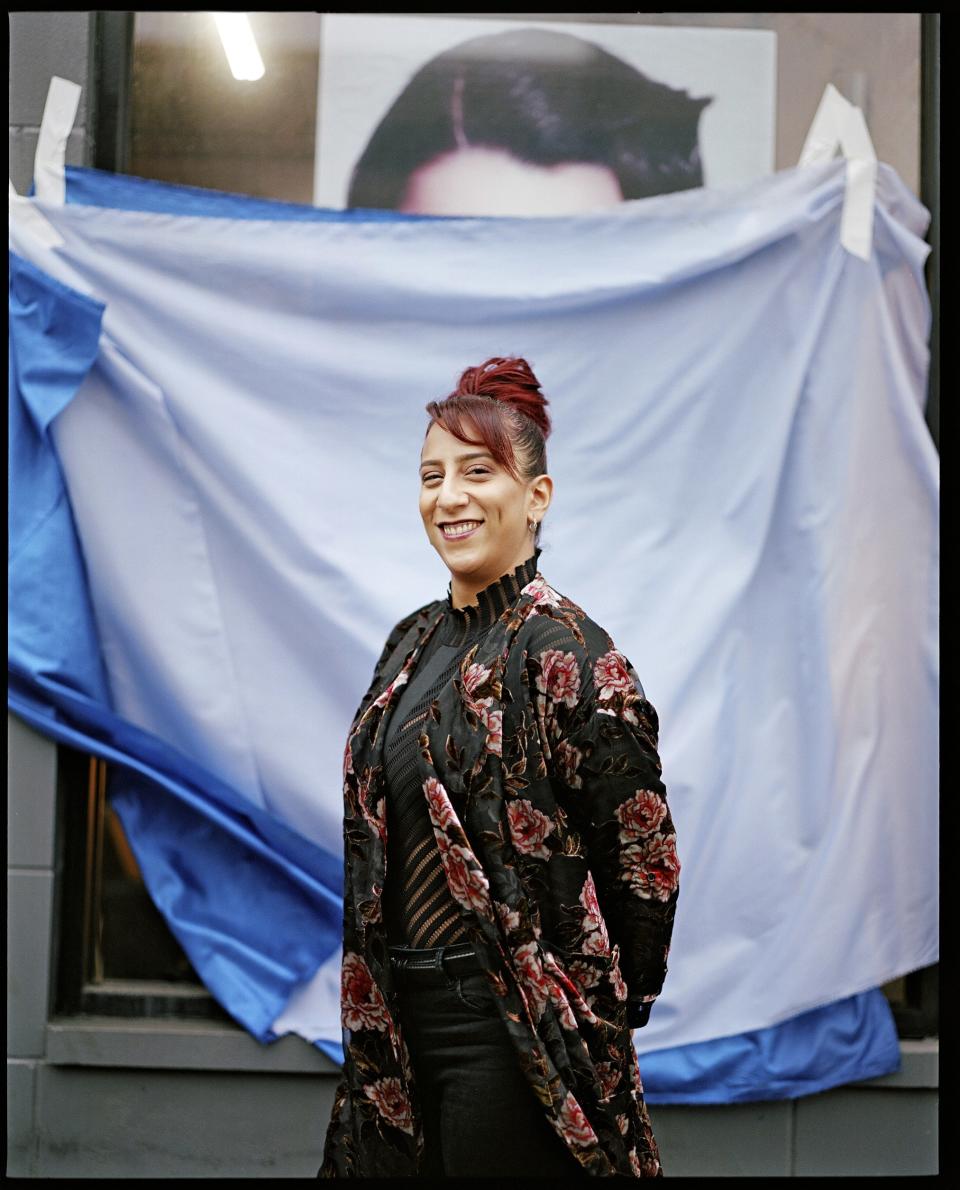
“I started braiding when I was about seven years old — on my dolls. The other girls would cut their dolls’ hair off, but I taught myself how to braid on them. Growing up, I’d see people with braids on TV, and I just loved how they looked. I was like, I gotta learn. And I did. My mom taught me how to do loose braids, but I taught myself how to do French and box braids.
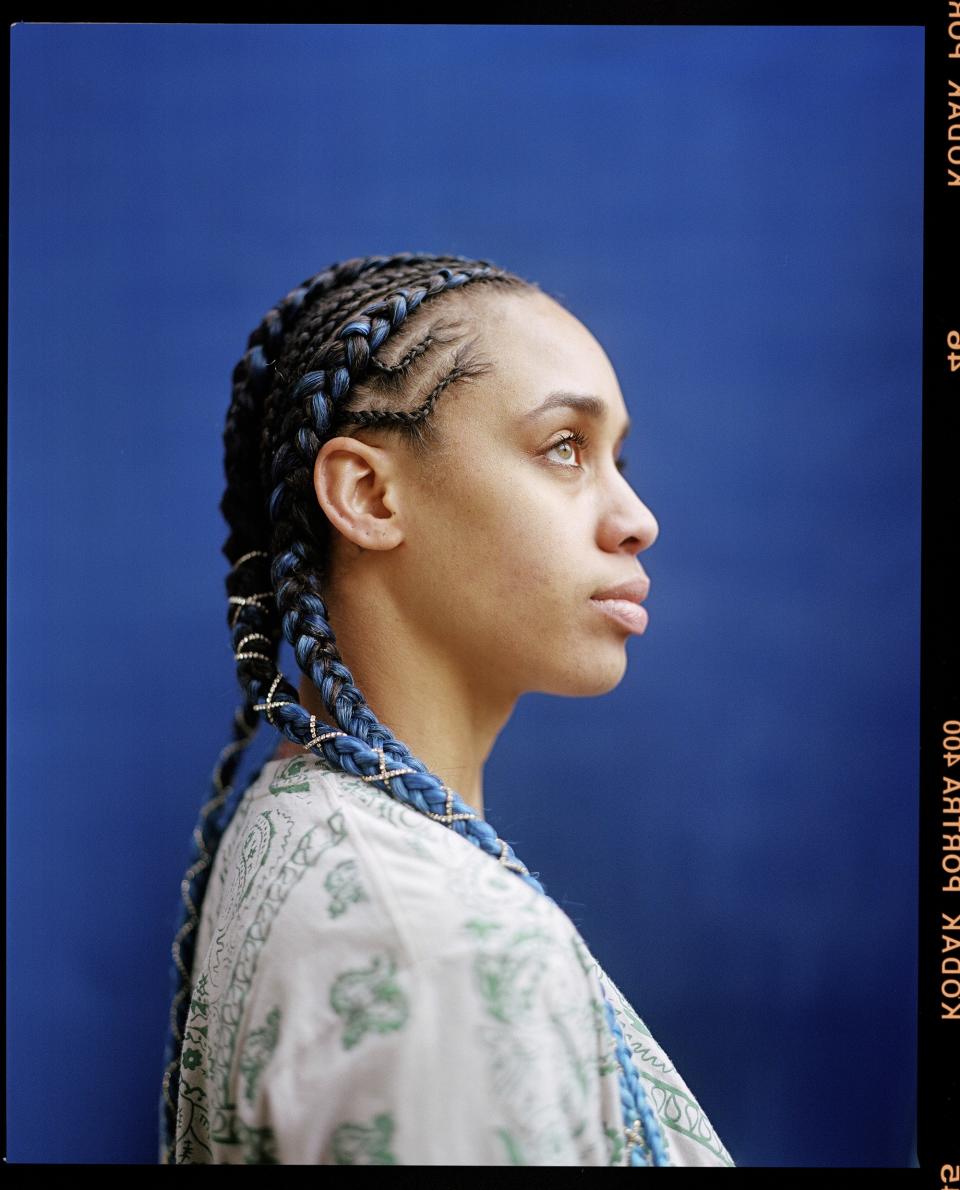
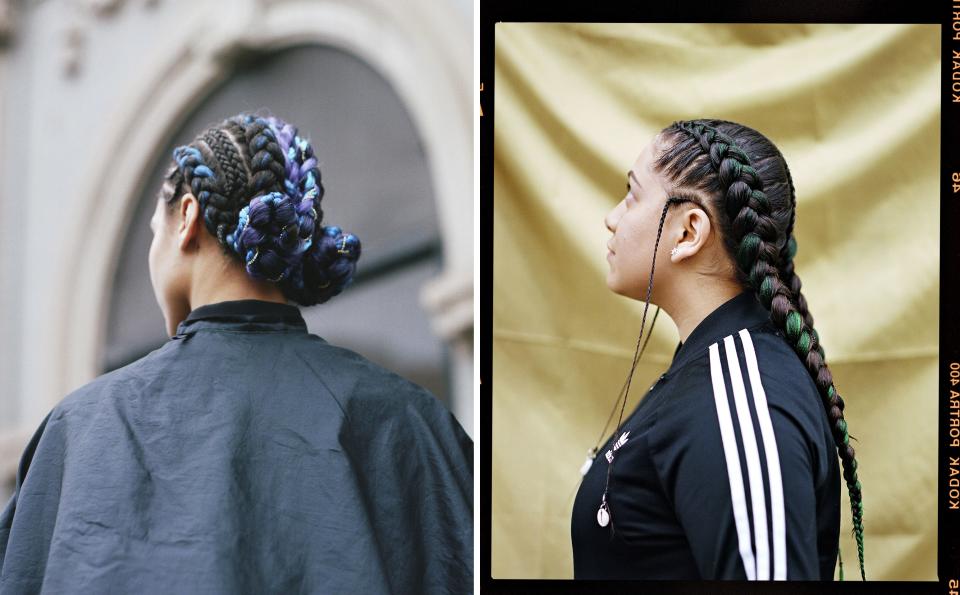
Around eighth grade, I started doing my friends’ hair. When I was 17, I went into a salon with a model who was wearing my braids, and I got hired on the spot. I’m completely self-taught; I never went to school for it. I know this might be egotistical, but I just feel like I’m really great at what I do. Having a license isn’t going to change that. And there are so many different styles of braiding, styles you can learn only from braiders because you have to have years of practice to get it. Still, being a braider comes with a lot of stigma. People assume that you make like $200 or $300 a week. They don’t think this is a full-fledged career, and one I thank my ancestors for. I’m originally from Puerto Rico, and the braiding community is huge there. Braiding’s been around forever, and being able to teach myself — I think that maybe I did this in a past life, you know?”
Susy Oludele, 27, Brooklyn
“When I was nine years old, my mom used to braid my hair in amazing styles. But when I was around 11, she got pregnant and quit doing my hair. I was like, Well, I can’t go to school looking crazy, so I have to figure it out. All the kids in school wanted blown-out hair and thought braids weren’t cute, but braids always made me feel so good. Plus I was really inspired with how my mom used to do my hair. I started box-braiding my own hair. At 11! I made sure I really perfected each style on myself first, then moved on to doing my family members and people’s hair in the neighborhood. I would charge $30 or something.
“I thought it was a cool business, but I always made it a side job. Only because my African parents were like, ‘Go to school for law or medicine!’ That’s why I became a home health aide at 18, but I quickly got laid off. I cried for, like, five seconds, wondering how I was going to make money, then something clicked and said, ‘You do hair.’ I started doing hair heavy back to back. I did it all: braiding, weaves, wigs, locs, twists.
“The thing is, I was homeless and braiding out of a friend’s home. My parents had decided to move to Wisconsin from New York when I was 17, so I was on my own. I was staying in a trap house, but I had to leave because it was awful. I mean, it was a trap house. I found an abandoned house in Queens, renovated it, and made it all nice and all purple! I called it the Purple House, and people used to come over there to rap, pop bottles, and hang out. It was just a vibe.
“One day, I was watching Beyoncé’s video for ‘Party,’ and I was like, ‘Solange is in Brooklyn? And she got braids? And she never came to me?! I’m the best!’ That’s exactly what I said. I decided to put that feeling out there in the universe, and two months later, she hit me up to do her hair. I initially thought the email was spam, but the next day they were like, ‘Hello, are you interested or not?’ I think I was 21.
“From there my business grew. I did Beyoncé’s braids and Zoë Kravitz’s braids for the movie Dope.
I moved out of the Purple House to a new apartment in Brooklyn. And two years ago, I opened Hair by Susy. Now I have two employees, and we’re always running around between the shop and celebrity clients. If a celebrity calls, like, ‘Yo, Susy, we need you!’ I get my bag, round up the crew, and then we’re out!”
Tameka Stigers, 36, St. Louis
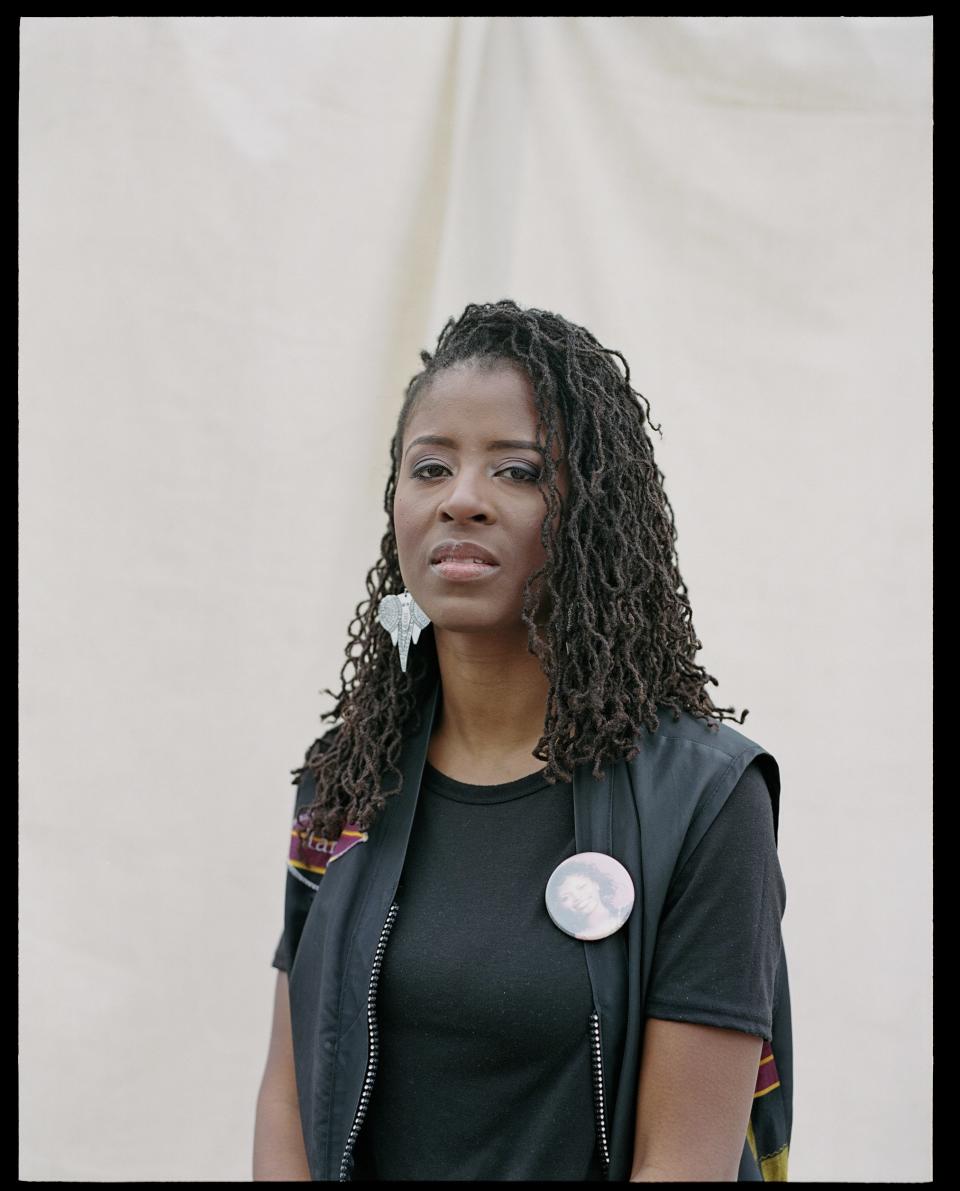
“I don’t even remember a specific point of learning how to braid — I just remember braiding. I remember braiding friends’ hair in high school, but I’m sure I was braiding much younger than that. When I was in college, I braided to make extra money. Then when I was getting my master’s in public health from Saint Louis University, I decided to get certified in Sisterlocks. It’s an intricate interweaving of the hair to create locs so small and tight that they don’t break off. It’s a specific technique taught by Dr. JoAnne Cornwell in California. She kind of revolutionized the hair industry by making the hairstyle and putting a trademark on it.
“After I graduated, I didn’t get the job that I wanted, and I decided to just make doing hair my full-time thing. I started out in the basement of my home. Then I moved to an addition we built on the back of the house. Then last year, I bought my own building! We have 10 stylists.
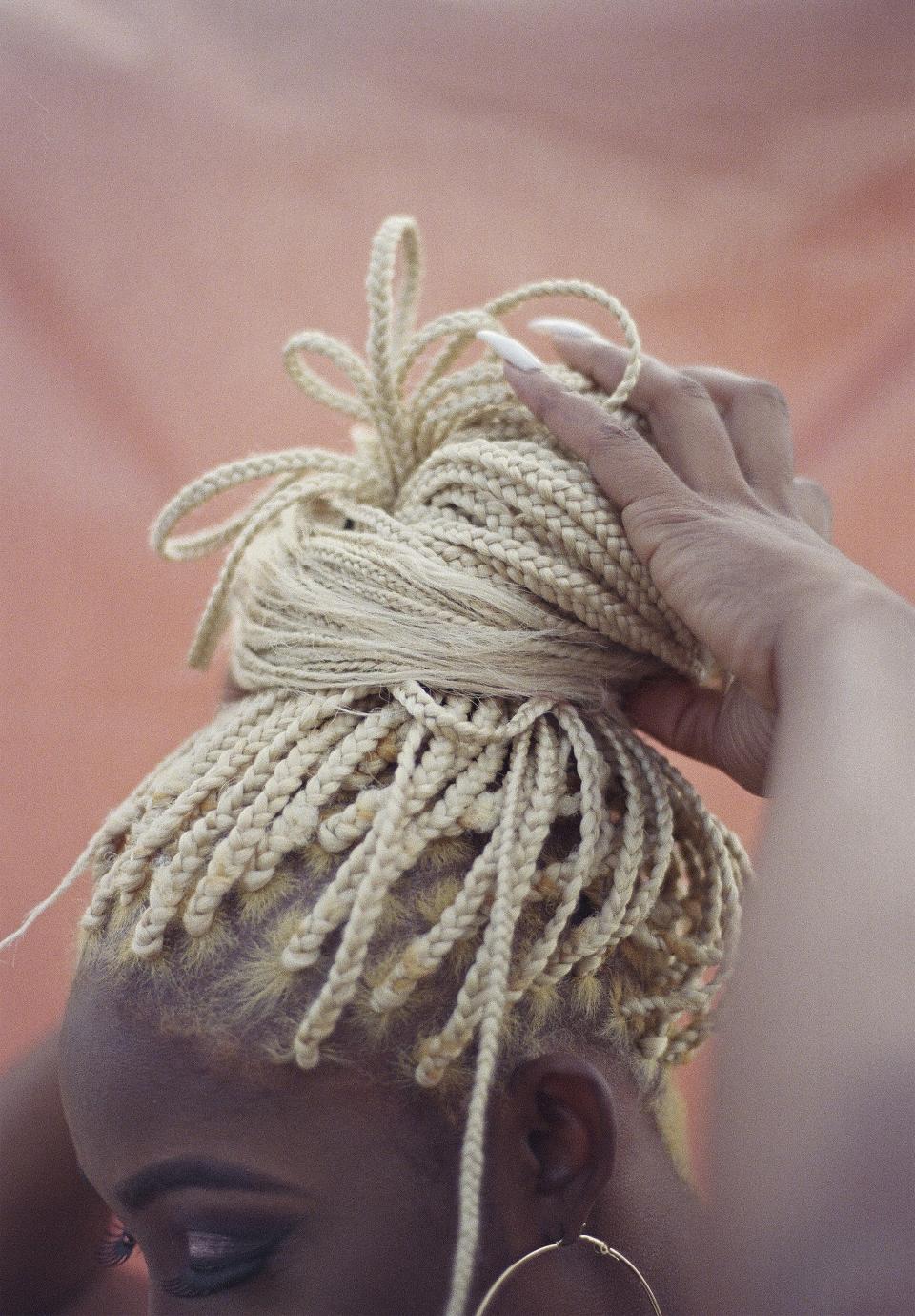
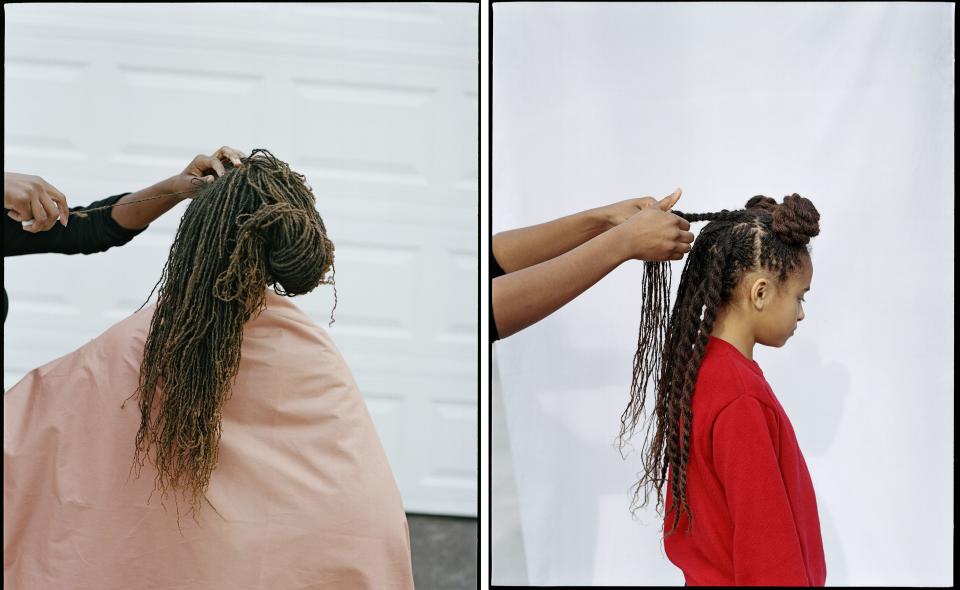
“But what I’m doing is basically against the law. I don’t have my cosmetology license. I’m choosing to do hair anyway because I feel like it’s what needs to be done, and I’m protected because I’m in the lawsuit [that was filed by the Institute for Justice]. So many braiders don’t have the desire — or the money — to go to cosmetology school. They just want to braid and do other things with the hair that you don’t learn in school.
“I want to be a voice for the women who don’t have a voice so that they can come out of their homes and work in a professional setting. I wouldn’t have a problem having a cosmetology license if they taught what I needed to know. But cosmetologists will tell you they don’t teach braiding in school. I’m not gonna go learn something that I don’t need.
“A lot of African women are braiding in this country. They have a language barrier, but this is a way they can take care of their families. And they just grew up braiding. Like I can’t remember learning, they really can’t remember. They were sitting next to Mom while she was braiding, and they were braiding. I always tell them, ‘I’m doing this for you.’ ”
Nedjetti Harvey, 51, Bloomfield, New Jersey

“Braiding is in my DNA. My maternal grandmother, Ruth P. Harris, was my muse and a cosmetologist. My paternal grandfather, King Harvey Sr. — he and Steve Harvey’s father were brothers — was a barber. Plus, I’m 86 percent West African, mostly Ghanaian and Nigerian.
“When I was little, I would watch my mother with great interest as she would braid my younger sister’s hair. My mother noticed and got me a mannequin head. At age seven, I would go into my room and practice. And I’m a quick study. At eight, I began styling my own hair. By nine, I was styling family and friends’ hair, too.
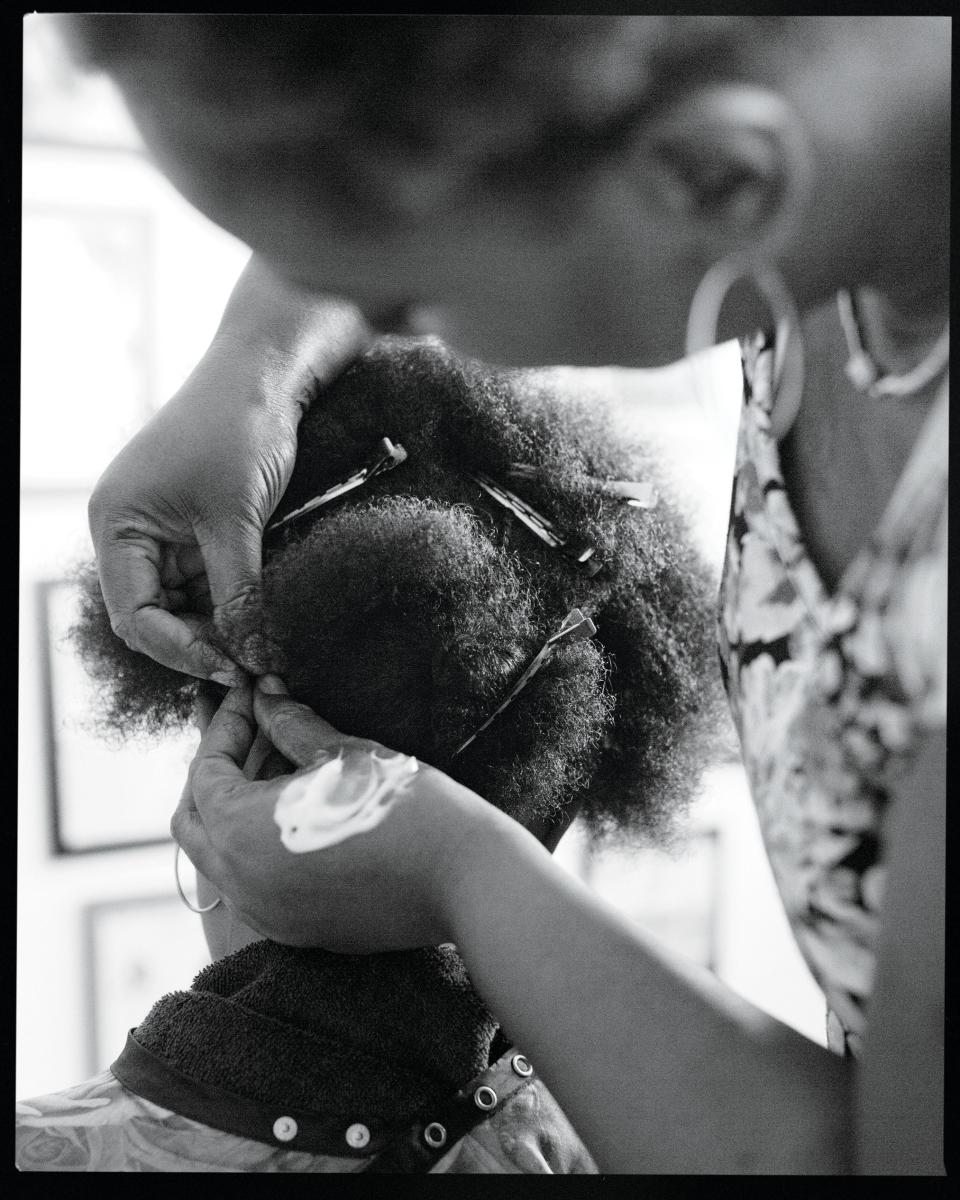
“I remember that mannequin and braiding in my room. I felt so much at peace. It’s ‘hairapy’ — it’s not just doing hair. My salon is just one-on-one in my home. When my clients come, I feed them; we listen to music; I burn incense. I want people to release and have a woosah experience. Beauty is pain? No, no, no. Beauty should be siggghh. My clients will fall asleep in my chair. For some styles, they’re here for nine hours.
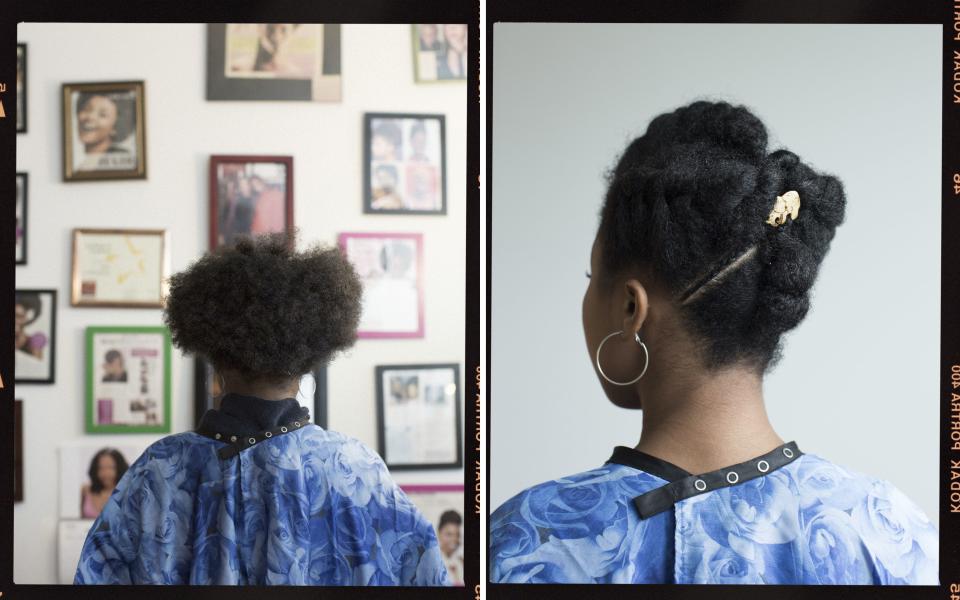
“I’ve been honing my craft for 43 years, but I ended up going to school for my cosmetology license at 37. I’m strongly opposed to the deregulation. Cosmetology school teaches you about the science of hair and about sanitation. If you don’t have that foundation of proper hair care, including safe practices, you may not exercise them in your salon.
“I’m proud of the legacy I’ve created for my family. I’m actually in the Smithsonian National Museum of African American History & Culture. I’m photographed as a young model in Pamela Ferrell’s book Where Beauty Touches Me: Natural Hair Care and Beauty, and my diamond knots are featured in an issue of Essence. Both are displayed in the same case. I can’t wait to visit with my mother so that she can witness that she passed it on: ‘Look, Mommy! Look at us.’ ”
A version of this article originally appeared in the March 2018 issue of Allure. To get your copy, head to newsstands or subscribe now.
More on braids:
100 Years of Black Hair
